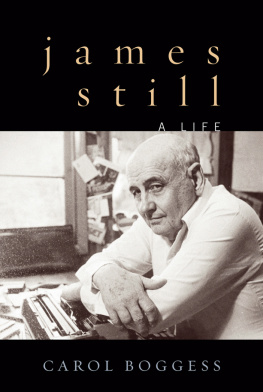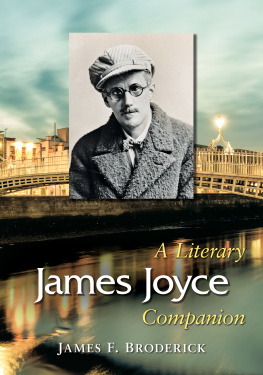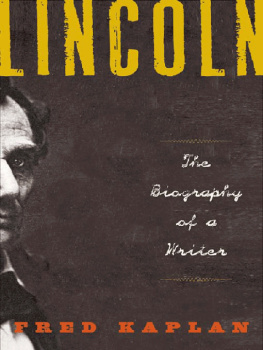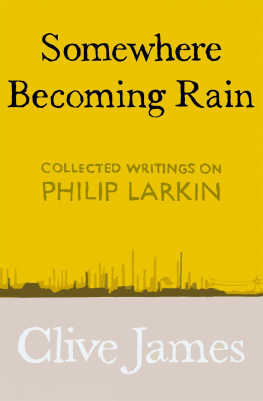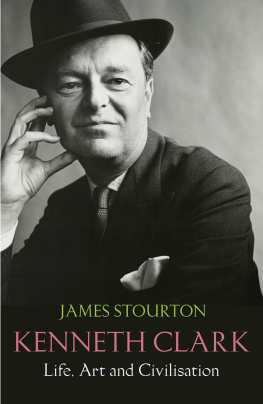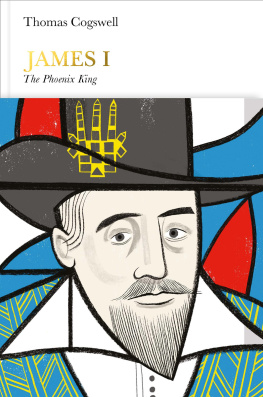
James Still
james still
A LIFE
CAROL BOGGESS

Due to variations in the technical specifications of different electronic reading devices, some elements of this ebook may not appear as they do in the print edition. Readers are encouraged to experiment with user settings for optimum results.
Support for the publication of this volume was generously provided by the Herman Lee and Nell Stuart Donovan Memorial Endowment at the University of Kentucky.
Copyright 2017 by The University Press of Kentucky
Scholarly publisher for the Commonwealth,
serving Bellarmine University, Berea College, Centre College of Kentucky, Eastern Kentucky University, The Filson Historical Society, Georgetown College, Kentucky Historical Society, Kentucky State University, Morehead State University, Murray State University, Northern Kentucky University, Transylvania University, University of Kentucky, University of Louisville, and Western Kentucky University.
All rights reserved.
Editorial and Sales Offices: The University Press of Kentucky 663 South Limestone Street, Lexington, Kentucky 40508-4008
www.kentuckypress.com
Cataloging-in-Publication data available from the Library of Congress
ISBN 978-0-8131-7418-1 (hardcover : alk. paper)
ISBN 978-0-8131-7420-4 (epub)
ISBN 978-0-8131-7419-8 (pdf)
This book is printed on acid-free paper meeting the requirements of the American National Standard for Permanence in Paper for Printed Library Materials.

Manufactured in the United States of America.

| Member of the Association of
American University Presses |
Until the leaf of my face withers,
Until my veins are blue as flying geese,
And the mossed shingles of my voice clatter
In winter wind, I shall be young and have my say.
I shall have my say and sing my songs,
I shall give words to rain and tongues to stones,
And the child in me shall speak his turn,
And the old, old man rattle his bones.
Until my blood purples like castor bean stalks,
I shall go singing, my words like hawks.
James Still, I Shall Go Singing
Contents
Preface
When James Still turned eighty, Hindman Settlement School gave him a big party called A Master Time. The obvious purpose was to celebrate a remarkable man and valued writer, but the hidden purpose was to explain what made the master tick. Speakers included Appalachian notables Gurney Norman, Loyal Jones, John Stephenson, Wilma Dykeman, and Jim Wayne Miller. They all knew Still well, but they could not decide what kind of fellar he actually was. Still enjoyed the good-humored conjecture, no doubt smiling to himself when Miller quoted Robert FrostWe dance round in a ring and suppose, / But the Secret sits in the middle and knows.
James Still was a mystery on his eightieth birthday and remained so until his death at the age of ninety-four. Wilma Dykeman ended her remarks that day by saying she would not try to figure out the man. She would simply enjoy discovering and rediscovering what he did with blank paper and scratchings of words.1 What Still did with words is the reason he is remembered. His publications began appearing in 1929 and continued throughout the twentieth century and into the twenty-first. His classic novel River of Earthfirst published by Viking Press as a hardback in 1940, then released as a paperback by Popular Library in 1968, and finally republished by University Press of Kentucky in 1978is currently available as a paperback, a web pdf, and an e-publication. Although he wrote in multiple genres, including poems, stories, novels, folklife collections, books for children of all ages, and autobiographical sketches, his work with the most enduring appeal is River of Earth, a book that does not go away. Still published twenty books between his first volume of poems in 1937, Hounds on the Mountain, and his collection of poems From the Mountain, From the Valley in 2001. After Stills death, scholar Ted Olson collected his stories and published them as The Hills Remember in 2012, and Silas House edited one of Stills unpublished manuscripts and had it published as Chinaberry in 2011.
If we want to know the writer through his printed words, as Dykeman suggested, we have an adequate sample. But James Still is more than his writing. As Edward F. Prichard Jr. asserted at the seventy-sixth birthday celebration, Stills personality and what it means is bigger than what he has written. He was a public figure, a legend in his time and place. The title most commonly attached to him, Dean of Appalachian Literature, was conferred as much for his influence and personality as for his publications.
Why probe for the real James Still? Why write the biography of a simple man who often chose to be elusive and enigmatic? For one reason: learning about the writers life gives readers a better context for understanding his work and art. Another is that his life illuminates the region where he chose to livethe hills of eastern Kentuckya place, as his best-known poem says, he could not leave. Finally, reviewing his long career and his influence on younger writers leads to greater knowledge of Appalachias rich literature. But he was a living person, not an entry in a literary study or a history book. The contradictions, the setbacks and successes, the mysteries of the manall that is what interests us most.
In spite of his preference for a quiet, solitary life, James Still liked people; he freely communicated with them in letters and conversations. In a sense, he wanted people to know him; at occasions such as the birthday party in Hindman, he enjoyed their admiration and speculation. When he responded to an interviewer, or read a poem, or told stories after dinner, his eyes would sparkle, and his voice would cast a spell over his listeners. At such times, he revealed himself through the words he spoke. The autobiographical writing he published in his later years provides a map for exploring his life and a partly opened door that invites us on the journey.
How I met James Still and why I took on the project of writing his biography is a combination of planning and chance. I returned to graduate school when I was a faculty member in the English Department at Mars Hill College in western North Carolina. Thanks to the vision and generosity of the Appalachian College Association, then known as the Faculty Scholars Program, faculty from member institutions could receive research grants. I applied and, in 1992, arrived at the University of Kentucky with other scholars from Appalachia, some of whom were there thanks to a fellowship named for the writer James Still. Though my area of interest was American literature, I had not heard of Still. I would meet him on June 25 when the Faculty Scholars Program presented a luncheon and reading by Still at the Gratz Park Inn in Lexington. The special appeal of that day came from his words but also from the person. That eighty-six-year-old man possessed a quick wit, a mellow but confident voice, and the stamina to read and talk for an hour without a sign of fatigue.
That October, when a friend from Australia visited Lexington, I took her to hear James Still perform as part of a culture festival at the University of Kentucky. We made our way to a meeting room on the upper floor of the student center, where a large space had been partitioned into smaller rooms with little thought to acoustics or sound systems. Since the only empty seats were at the back, I felt sure this attempt at cultural sharing would be wasted on my Oxford-educated Australian friend. Waiting for the program to start, we observed the people in the audience: typical undergraduates, university staff, community people, and even a few children. The combination of Stills Southern accent, the inadequate sound system, and interference from voices in the hall meant that my friend caught few of his words, but she did absorb the spirit that filled the room. Magic spread across the audience when Still read
Next page
